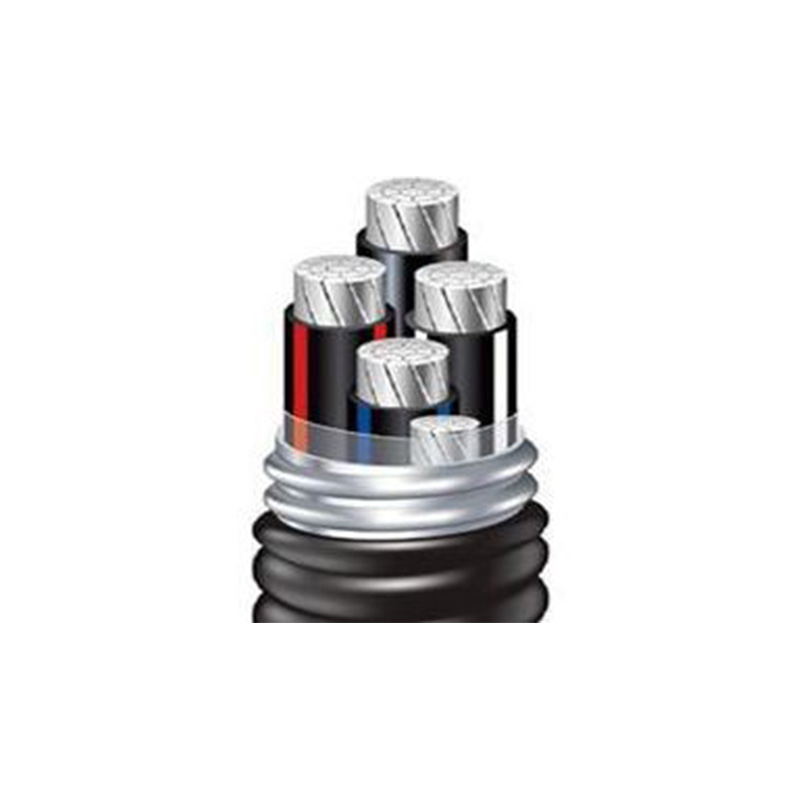9 月 . 08, 2024 07:09 Back to list
High-Quality Cast Iron Butterfly Valves | Durable & Reliable Solutions
The Cast Iron Butterfly Valve An Overview
The cast iron butterfly valve is a crucial component in various industrial applications, particularly in the controlling of flow in pipelines. Its design and material properties make it suitable for demanding environments, ensuring both durability and efficiency. This article delves into the features, advantages, and applications of cast iron butterfly valves, providing insights into their pivotal role in fluid management systems.
At its core, a butterfly valve consists of a circular disc that rotates around a central shaft. When the valve is closed, the disc is perpendicular to the flow, effectively blocking fluid passage. Conversely, when rotated to a parallel position, it allows for unhindered flow. The simplicity of this design enables quick opening and closing, making it ideal for processes that require rapid modulation of flow rates.
One of the primary materials used in the construction of butterfly valves is cast iron. This material is favored for its strength, durability, and resistance to corrosion. Cast iron can withstand high pressure and temperature, making it suitable for various mediums, including water, steam, and gases. Additionally, it offers excellent wear resistance, which is essential in applications where particulate matter is present in the fluid.
cast iron butterfly valve

The advantages of using cast iron butterfly valves extend beyond their mechanical properties. Their lightweight design contributes to easier installation and maintenance, allowing for efficient operation in tight spaces. Furthermore, the smooth operation reduces the required torque to open or close the valve, which can lead to lower energy consumption and extended equipment life.
In terms of applications, cast iron butterfly valves are prevalent in water treatment facilities, HVAC systems, fire protection systems, and various industrial processes. Their ability to handle different fluids and pressures makes them versatile, often serving as shut-off or throttling devices in pipelines. Additionally, the use of specialized coatings can enhance their performance, providing extra protection against corrosive environments.
Environmental considerations have also led to innovations in the design of butterfly valves. Manufacturers are increasingly focusing on producing energy-efficient models and those that align with sustainability practices. By optimizing flow control, these valves contribute to reduced energy consumption and lower operating costs in various facilities.
In conclusion, cast iron butterfly valves are essential components in the fluid control landscape. Their robust design, combined with the inherent properties of cast iron, ensures reliable performance in a multitude of applications. With continuing advancements in technology and material science, the future of cast iron butterfly valves looks promising, paving the way for even greater efficiency and sustainability in industrial operations. Whether in water distribution or process engineering, these valves play a vital role in maintaining the integrity and efficiency of fluid systems.
Share
-
Understanding the Differences Between Wafer Type Butterfly Valve and Lugged Butterfly ValveNewsOct.25,2024
-
The Efficiency of Wafer Type Butterfly Valve and Lugged Butterfly ValveNewsOct.25,2024
-
The Ultimate Guide to Industrial Swing Check Valve: Performance, Installation, and MaintenanceNewsOct.25,2024
-
Superior Performance with Industrial Swing Check Valve: The Essential Valve for Any SystemNewsOct.25,2024
-
Industrial Swing Check Valve: The Ideal Solution for Flow ControlNewsOct.25,2024
-
You Need to Know About Industrial Swing Check Valve: Functionality, Scope, and PerformanceNewsOct.25,2024